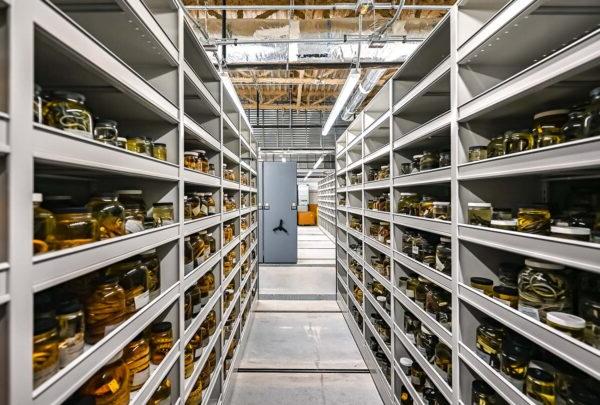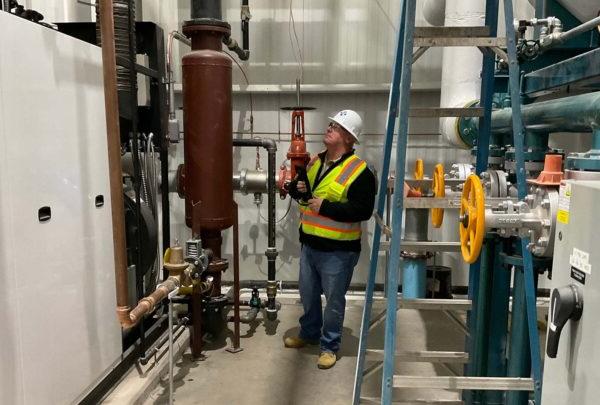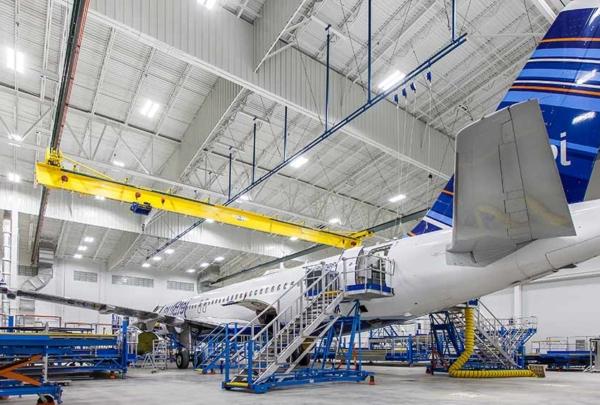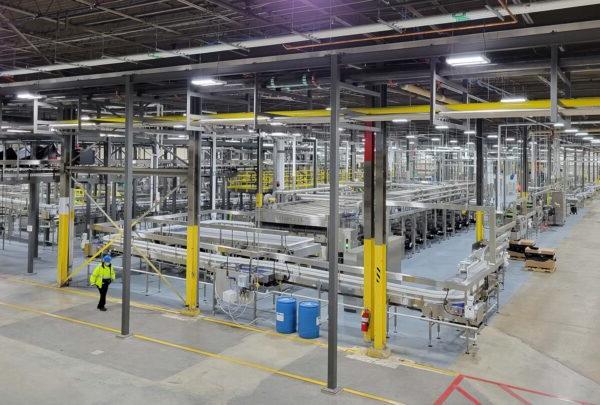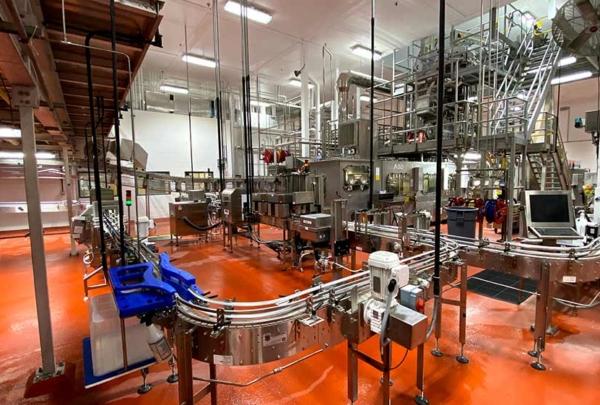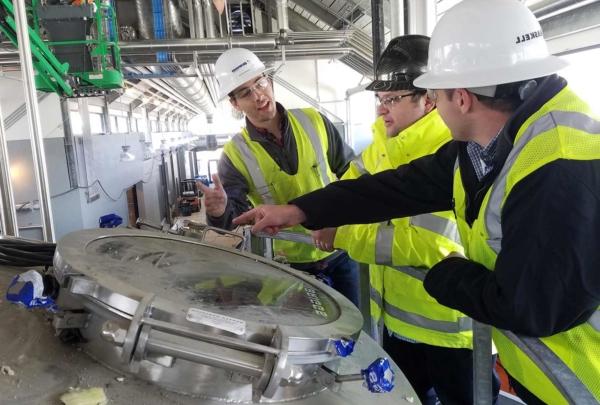“May I please undergo an audit?” surely ranks high on the list of Questions Nobody Asks, or so you would think. But when the audit is performed on utilities at a manufacturing facility, the result isn’t taxes and penalties. Often it produces energy and expense savings.
The United States ranks as one of the world’s top countries for energy waste. For those in industries such as food, beverage, consumer products and other manufacturing, you know that your market is no exception.
Sustainable Solutions You Can Trust
With 127 Sustainability Certified projects to its credit, 澳门足彩app’s team of more than 100 Accredited Professionals and our sustainability-experienced design and construction personnel work collaboratively to ensure your sustainability goals are met and exceeded. Utilizing cutting-edge technologies, tools and knowledge, our teams develop and implement efficient and cost-effective strategies to minimize a project’s environmental impact within budget.
This waste isn’t limited to electrical and gas energy. It also extends to water use and solids being trucked to landfills. Unfortunately, shareholders are left to pay for it with decreased profits.
However, there is good news for manufacturers.
You Can Rapidly Change the Status Quo.
As manufacturers, you are likely well-equipped to change the status quo in your factories. The following points illustrate why you can make a difference:
- Utility waste reduction is generally the low-hanging fruit for factory capital improvements. With an accumulation of decades of expansions and renovations, most facilities lack a holistic view of utility usage.
- Collaboratively, plant managers, engineers and energy partners have the technical know-how to facilitate utility improvements. This team can collectively monitor and calibrate the designed and installed utility controls.
- Boards of directors and shareholders promote sustainability in their mission statements and welcome strategies that reduce utility usage.
- If a reasonable return on investment (ROI) can be demonstrated, your leadership can dedicate capital to utility waste reduction projects.
- Most manufacturers have the size and credit ratings to secure energy reduction financing that will, in some cases, allow you to treat improvement costs as operating expenses instead of capital.
How a Utility Audit Works
While an IRS audit may feel like a nightmare, a utility audit may seem too good to be true. Luckily, it’s not. Executed correctly, it will save much more than it will cost.
Borrowing from experience and great design industry organizations like the American Society of Heating, Refrigerating and Air-Conditioning Engineers (ASHRAE) and the Rocky Mountain Institute, below is a brief step-by-step explanation of how utility audits work.
1. Conduct Preliminary Analysis
Start by engaging an engineering or design-build firm to perform a preliminary analysis and walk-through (Audit Level 1) survey of your facility. This can take up to three days and largely consists of a visual inspection of the facility and a review of its record drawings and utility bills.
Utility consumption-related facility components that are inspected include:
2. Identify Improvement Opportunities
Based on the findings oft the preliminary analysis, improvement opportunities are identified for further exploration (Audit Level 2). These targeted opportunities are reviewed in more detail. More data is collected from the plant, and preliminary ROIs are calculated for the potential solutions.
Once this is collected, the improvements that pass the ROI test are designed in detail, a comprehensive cost analysis is performed, and go-no-go decisions are made (Audit Level 3).
3. Select a Firm to Perform Improvements
Some manufacturers begin their process with an engineering firm and implement their improvements with another firm. Without an abundantly clear scope, partnering with more than one firm to implement improvements tends to leave communication gaps.
However, if you select an Engineer, Procure, Construct (EPC) firm from the beginning, it can perform the audits as well as the design and installation phases of the improvements. Partnering with an EPC firm greatly reduces risk because it can guarantee the utility reduction impacts of each improvement. It may also facilitate financing to extend payments for a duration that will equalize monthly utility bill reductions.
Home Energy Savings vs. Facility Energy Savings
Consider the small improvements that you know you and your family could make at home. Perhaps you could start using compact fluorescent or LED light bulbs, occupancy-sensor light switches, a smart thermostat, lower water-flow toilets, low-flow shower heads or new weather stripping on doors. Or maybe you could be more disciplined about maintenance and cleaning filters on your HVAC system. Imagine the amount of savings you could create.
Now, take those savings and multiply them by a thousand, or ten thousand. That is the impact you could have by assessing your company’s utility consumption and implementing practical, cost-saving measures.
For more information, contact Stephen Daffron, 澳门足彩app System Analytics Manager, at Stephen.daffron@zo23.com.




















